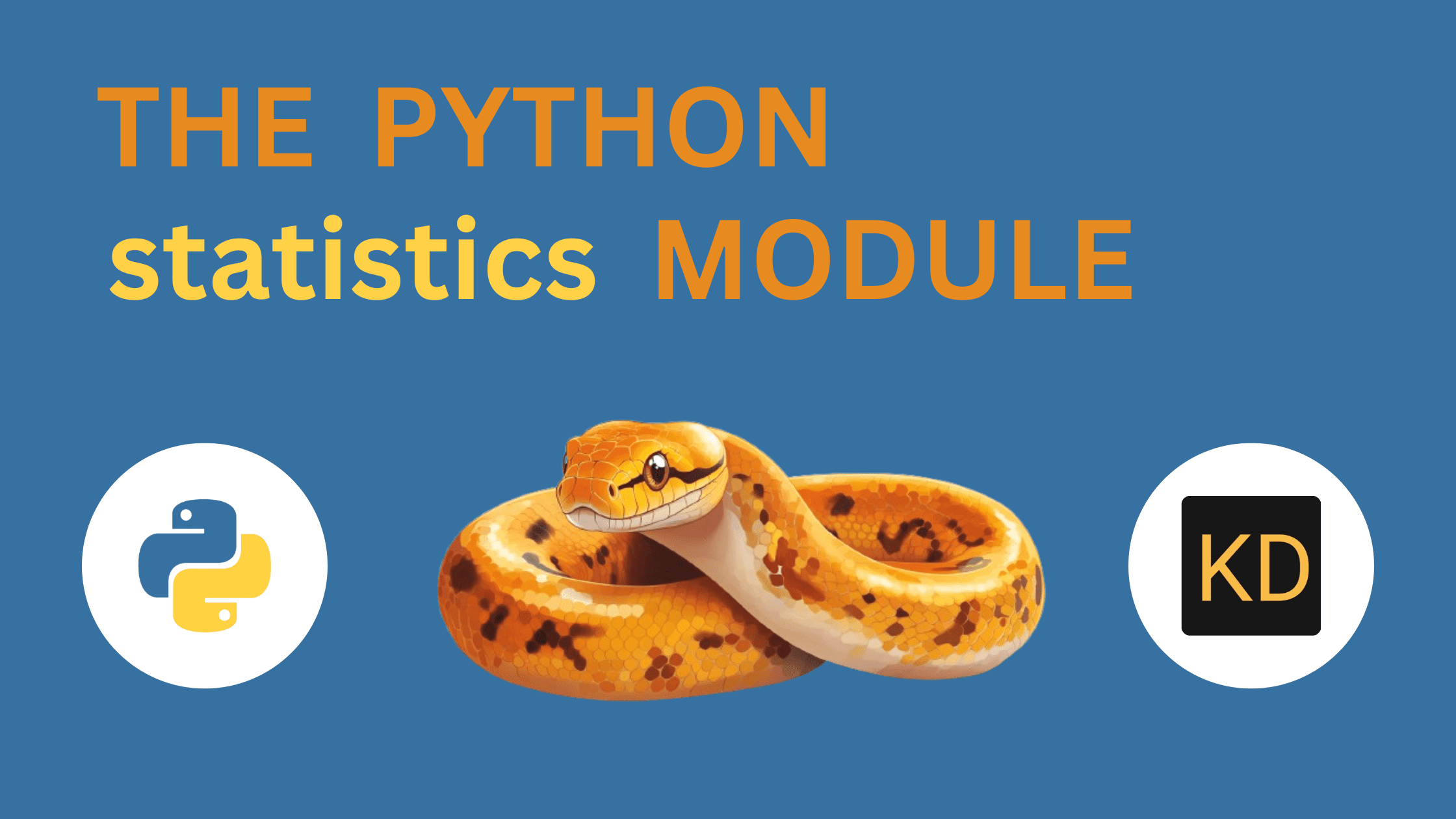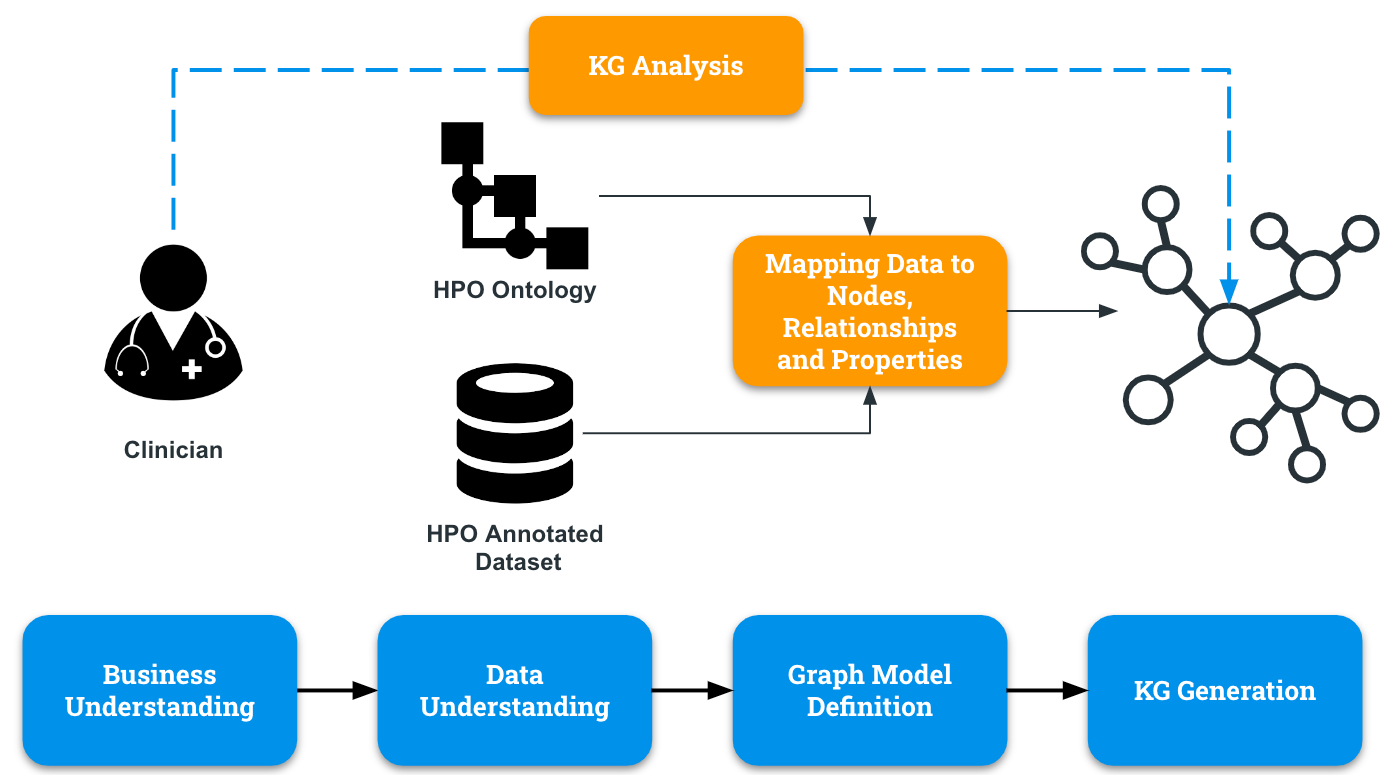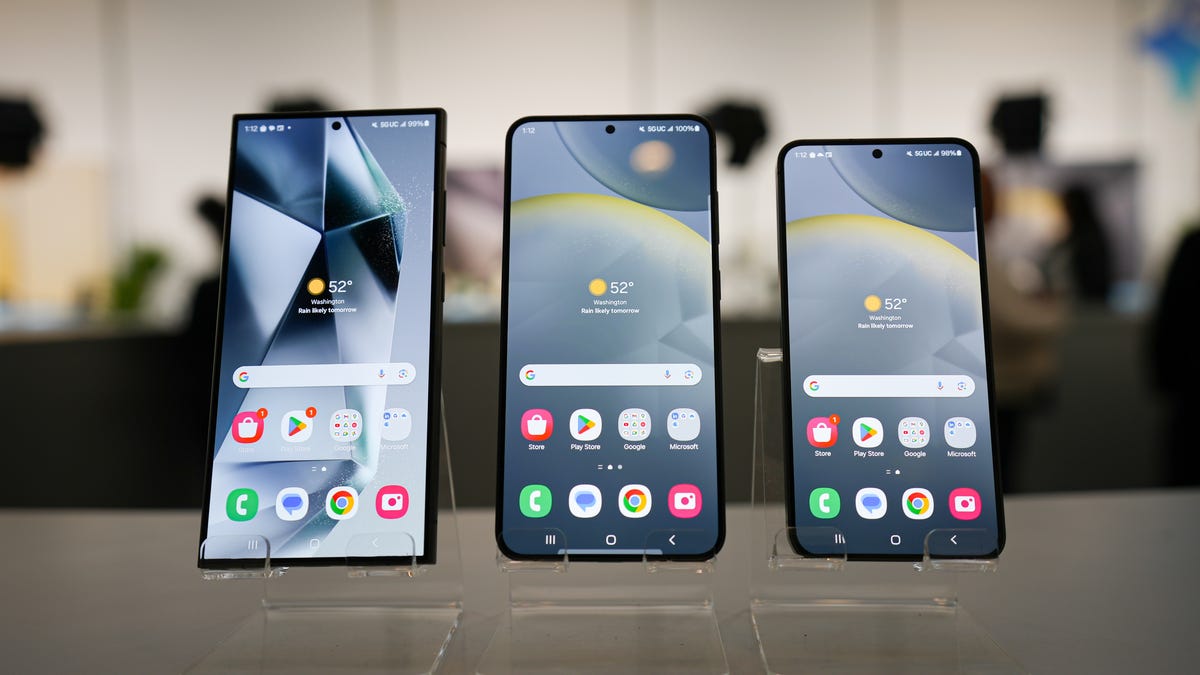Pair Programming: What Is It?
Pair programming is more than just a coding technique—it’s a mindset that fosters collaboration, creativity, and high-quality software development. By bringing two minds together to solve problems, pair programming not only improves code quality but also accelerates learning and strengthens team dynamics. In this blog, we’ll explore the benefits of pair programming, how to do it effectively, and how Apidog, a powerful collaborative platform for API development, can enhance your pair programming experience. What is Pair Programming? Pair programming is a practice where two developers work together at one workstation to complete a task. One person, the driver, writes the code, while the other, the navigator, reviews each line of code and thinks strategically about the overall approach. The roles are frequently switched to ensure both participants are actively engaged. This technique is widely used in Agile and Extreme Programming (XP) methodologies and is particularly effective for: Solving complex problems Onboarding new team members Ensuring high-quality code Sharing knowledge across the team Why Pair Programming Works Improved Code Quality: Two sets of eyes catch more errors and lead to better design decisions. Faster Problem-Solving: Collaboration often results in quicker identification and resolution of issues. Knowledge Sharing: Junior developers learn from seniors, and vice versa, creating a more skilled and cohesive team. Team Building: Regular collaboration improves communication and trust among team members. Challenges of Pair Programming While pair programming has many benefits, it’s not without its challenges: Resource Intensive: Two people working on one task can seem less efficient in the short term. Personality Conflicts: Differences in working styles or communication can cause friction. Fatigue: Prolonged pairing sessions can be mentally exhausting. To overcome these challenges, it’s important to: Switch roles frequently to keep both participants engaged. Communicate openly and respectfully. Take regular breaks to avoid burnout. How Apidog Enhances Pair Programming for API Development When it comes to API development, collaboration is key. APIs are the backbone of modern software, and building them requires precision, clarity, and teamwork. This is where Apidog shines as a collaborative platform designed to streamline API development and make pair programming more effective. 1. Real-Time Collaboration Apidog allows multiple team members to work on the same API project simultaneously. Whether you’re designing endpoints, writing tests, or debugging, you and your pair programming partner can collaborate in real time, just like sitting side by side. 2. Shared Workspaces With Apidog’s shared workspaces, you can easily manage team variables, environments, and configurations. This ensures both the driver and navigator are on the same page, reducing miscommunication and errors. 3. Integrated Debugging and Testing Apidog’s built-in debugging and testing tools make it easy to identify and fix issues together. The navigator can review the driver’s work in real time, providing immediate feedback and suggestions. 4. Documentation Made Easy Clear documentation is critical for APIs, and Apidog simplifies this process. With its intuitive interface, you can collaboratively create and update API documentation, ensuring it stays accurate and up-to-date. 5. Seamless Integration with External Tools Apidog integrates with popular tools like HashiCorp Vault, Azure Key Vault, and AWS Secrets Manager, making it easier to manage sensitive data securely. This is especially useful when pair programming involves handling credentials or secrets. 6. Version Control and History Apidog keeps track of changes, so you can always revert to a previous version if needed. This provides a safety net for experimentation during pair programming sessions. Tips for Pair Programming with Apidog Define Roles Clearly: Decide who will be the driver and who will be the navigator before starting. Switch roles regularly to keep the session dynamic. Use Apidog’s Comments Feature: Leave comments on endpoints or tests to provide feedback or suggest improvements. Leverage Shared Environments: Use Apidog’s shared environments to ensure both participants are working with the same configurations. Take Advantage of Real-Time Debugging: Use Apidog’s debugging tools to identify and fix issues together in real time. Document as You Go: Use Apidog’s documentation features to capture decisions and updates as you work. Conclusion Pair programming is a powerful technique that can transform the way your team works, leading to better code, faster problem-solving, and stronger collaboration. When it comes to API development, Apidog is the perfect partner for pair programming,

Pair programming is more than just a coding technique—it’s a mindset that fosters collaboration, creativity, and high-quality software development. By bringing two minds together to solve problems, pair programming not only improves code quality but also accelerates learning and strengthens team dynamics. In this blog, we’ll explore the benefits of pair programming, how to do it effectively, and how Apidog, a powerful collaborative platform for API development, can enhance your pair programming experience.
What is Pair Programming?
Pair programming is a practice where two developers work together at one workstation to complete a task. One person, the driver, writes the code, while the other, the navigator, reviews each line of code and thinks strategically about the overall approach. The roles are frequently switched to ensure both participants are actively engaged.
This technique is widely used in Agile and Extreme Programming (XP) methodologies and is particularly effective for:
- Solving complex problems
- Onboarding new team members
- Ensuring high-quality code
- Sharing knowledge across the team
Why Pair Programming Works
- Improved Code Quality: Two sets of eyes catch more errors and lead to better design decisions.
- Faster Problem-Solving: Collaboration often results in quicker identification and resolution of issues.
- Knowledge Sharing: Junior developers learn from seniors, and vice versa, creating a more skilled and cohesive team.
- Team Building: Regular collaboration improves communication and trust among team members.
Challenges of Pair Programming
While pair programming has many benefits, it’s not without its challenges:
- Resource Intensive: Two people working on one task can seem less efficient in the short term.
- Personality Conflicts: Differences in working styles or communication can cause friction.
- Fatigue: Prolonged pairing sessions can be mentally exhausting.
To overcome these challenges, it’s important to:
- Switch roles frequently to keep both participants engaged.
- Communicate openly and respectfully.
- Take regular breaks to avoid burnout.
How Apidog Enhances Pair Programming for API Development
When it comes to API development, collaboration is key. APIs are the backbone of modern software, and building them requires precision, clarity, and teamwork. This is where Apidog shines as a collaborative platform designed to streamline API development and make pair programming more effective.
1. Real-Time Collaboration
Apidog allows multiple team members to work on the same API project simultaneously. Whether you’re designing endpoints, writing tests, or debugging, you and your pair programming partner can collaborate in real time, just like sitting side by side.
2. Shared Workspaces
With Apidog’s shared workspaces, you can easily manage team variables, environments, and configurations. This ensures both the driver and navigator are on the same page, reducing miscommunication and errors.
3. Integrated Debugging and Testing
Apidog’s built-in debugging and testing tools make it easy to identify and fix issues together. The navigator can review the driver’s work in real time, providing immediate feedback and suggestions.
4. Documentation Made Easy
Clear documentation is critical for APIs, and Apidog simplifies this process. With its intuitive interface, you can collaboratively create and update API documentation, ensuring it stays accurate and up-to-date.
5. Seamless Integration with External Tools
Apidog integrates with popular tools like HashiCorp Vault, Azure Key Vault, and AWS Secrets Manager, making it easier to manage sensitive data securely. This is especially useful when pair programming involves handling credentials or secrets.
6. Version Control and History
Apidog keeps track of changes, so you can always revert to a previous version if needed. This provides a safety net for experimentation during pair programming sessions.
Tips for Pair Programming with Apidog
- Define Roles Clearly: Decide who will be the driver and who will be the navigator before starting. Switch roles regularly to keep the session dynamic.
- Use Apidog’s Comments Feature: Leave comments on endpoints or tests to provide feedback or suggest improvements.
- Leverage Shared Environments: Use Apidog’s shared environments to ensure both participants are working with the same configurations.
- Take Advantage of Real-Time Debugging: Use Apidog’s debugging tools to identify and fix issues together in real time.
- Document as You Go: Use Apidog’s documentation features to capture decisions and updates as you work.
Conclusion
Pair programming is a powerful technique that can transform the way your team works, leading to better code, faster problem-solving, and stronger collaboration. When it comes to API development, Apidog is the perfect partner for pair programming, offering real-time collaboration, integrated tools, and seamless workflows that make teamwork effortless.
Ready to take your API development to the next level? Try Apidog today and experience the power of collaborative coding!
What's Your Reaction?











































![AI in elementary and middle schools [NAESP]](https://dangerouslyirrelevant.org/wp-content/uploads/2025/01/NAESP-Logo-Square-1.jpg)










![Trump’s FAA Shake-Up: DEI Gone, But Safety Questions Remain [Roundup]](https://viewfromthewing.com/wp-content/uploads/2024/01/DALL·E-2024-01-24-12.35.35-A-wider-view-of-an-overworked-air-traffic-controller-in-a-control-tower-captured-from-a-side-angle.-The-controller-is-visibly-stressed-with-sweat-on.png?#)



























